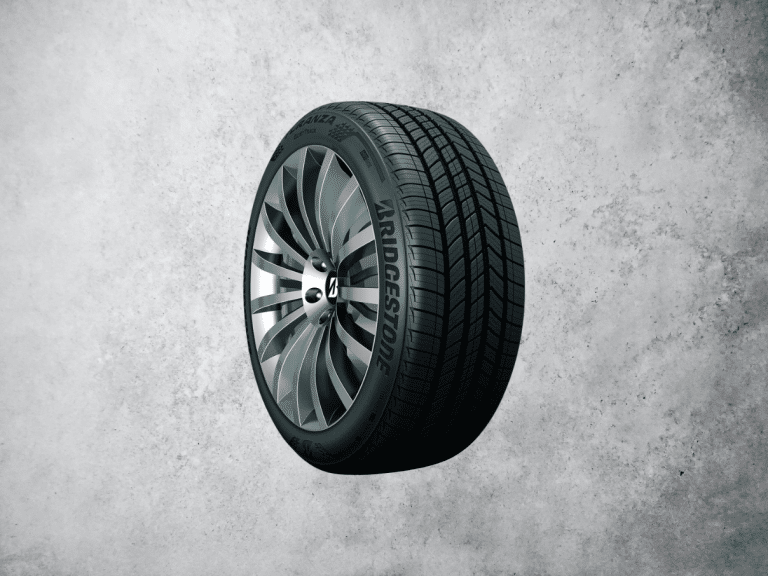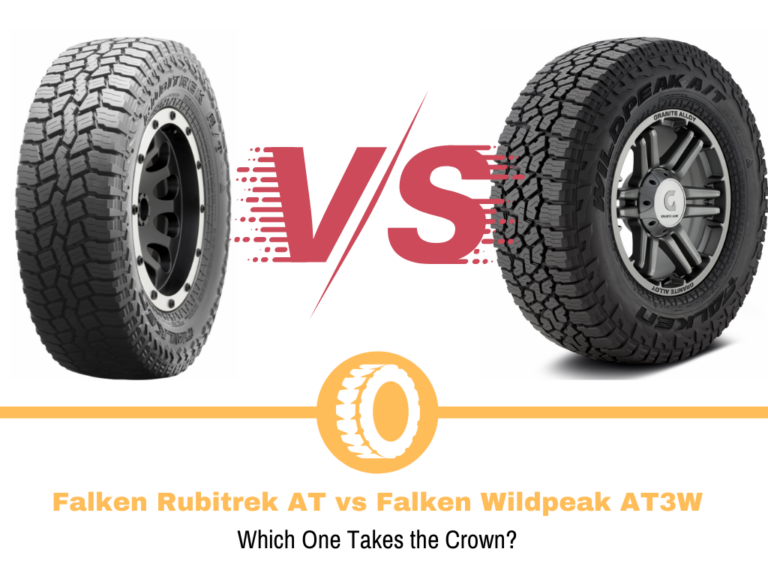Why Are Tires Black?
You go to buy a new or used car, and among the many things you look at is the color. Sure, it may not be a priority for some people, but I feel that the automotive industry reached a point where the colors were dull. Black, white, gray, and a few other shades, and that was it.
Lucky for people like me, things have changed, and we see a lot of bold colors with newer cars. I drive a black car, so you can imagine how allergic I am to the “common” colors.
The option to choose which color you want your car to be means that you can also play around with the color of the wheels. Most alloy ones come in silver, but that can easily be changed, and you’ll get a nice contrast or a matching set. This also raises a very important question, what about the tires?
Being able to mix and match the color of your car, wheels, and tires would be a nice touch, but unfortunately, that’s not the case. The color of the tires is something you won’t be able to change, and today I’ll explain why all tires are black.
Tire History
Before I start explaining where the color comes from, I’ll need to give you a quick history lesson. I’ll cover the progress of the tires from the early days and how they differ from today’s models.
Tires have been around for well over a century and have undergone many changes and upgrades throughout the years. After the first air-filled leather tires, manufacturers started using rubber as it was a better option for that use.
In the early days, the tire industry relied on using mostly natural rubber for the tires. If you know a thing or two about rubber, you’ll know it’s naturally white, which is how the earliest tires looked. Even in that form, the rubber isn’t very stable for this use, so manufacturers started using zinc oxide to help remedy the problem. Adding this did nothing for the color, so the tires remained white.

As the technology progressed, the manufacturing process saw the introduction of newer materials used to stabilize the compound. The one that sticks around to this day is called carbon black. In the early days, this was a very expensive product, so to keep the prices of the tires down, manufacturers used it only on the tread area.
This meant that tires in that era had white sidewalls, something you’ll see from pictures of vintage cars from the 30s or 40s. At that time, fully black tires were very expensive because manufacturers also had to use carbon black on the sidewall. Interestingly enough, tires with white sidewalls were more popular, so some car manufacturers saw that as an opportunity to make a few bucks and charged extra for tires with less carbon black than the entirely black ones.
The whitewall trend started to fade away around the 60s when radial tires became popular. On top of that, carbon black became more affordable, so the price difference between a fully black tire and one with a white sidewall was negligible. The rest is history, leading us to today, where all tires are black.
What is Carbon Black?
Now we know that carbon black is essential in tire production, and it’s the part that makes the tires black, but what is it? Surprisingly, carbon black isn’t something specifically designed for this application.
Carbon black is technically a byproduct. Manufacturers get it from incomplete combustion of various materials like vegetable matter, coal, petroleum products, etc. Contrary to popular belief, it’s not the same as soot, mainly because it offers a higher surface-to-volume ratio, making it superior to soot.
Considering its properties and how it helps with rubber products, the industry that uses the most carbon black in the world is the tire industry. You can also find the use of this material in other rubber products like hoses, belts, and in some rarer situations, in non-rubber products. A small portion of the black stuff is used for pigmentation of ink and plastic.
Carbon black has some good conductive properties, so there are some applications where it’s used as a conductive additive in batteries. In most cases, we’re talking about lithium-ion ones.
Why is Carbon Black essential for Tires?
Carbon black is a material used in multiple applications, but considering that we’re talking about tires, let’s discuss its advantages in this application.
Carbon black’s first and most important advantage is the durability and performance increase. A tire made from natural rubber won’t be nearly as durable and long-lasting as some of the tires we have these days. We see touring models going over 70 or 80 thousand miles easily without breaking a sweat. As a comparison, a tire without carbon black wouldn’t last more than 5 thousand miles. This is backed by research done several decades ago on the spectroscopy of polymers. Part of that covers using carbon black and how it affects tire longevity.

I often talk about tire age as something to keep in mind. As the years go by, the rubber hardens and becomes brittle, leading to a problem called dry rotting, which can cause all sorts of tire damage. This is a normal process in modern cars, and you shouldn’t see it for at least 5 or 6 years, and this is thanks to carbon black.
Without it, the rubber won’t have very effective protection from the UV rays that dry up the rubber. This would result in tires that will harden much sooner, especially on cars not sitting in a garage. As a result, this is technically related to the performance because as the tire hardens, you can expect the performance to degrade.
Surprisingly, the conductivity of carbon black is another advantage we get in terms of tires. Without it, the chances of a static buildup with the rubber are significantly increased, meaning a discharge is possible. By utilizing this byproduct, manufacturers ensure that there is a conductive path, reducing the chances of shocks.
From a practical standpoint, anyone with some whitewall models or tires with white lettering knows that keeping it white is a nightmare. Considering that most of the whitewall tires are on classic cars you’ll usually see on shows, their owners want to have the sidewall as white as possible. The problem here is that even a short drive will put some dirt and grime, meaning that you’ll need to clean it constantly.
A tire with carbon black will be black, meaning cleaning it will be much simpler. Sure, the color changes a bit after a white, but with products like the tire cleaner from PermaShine, you can get the shine back that will last for a while.
Are there colored tires?
If you head over to any tire retailer, the only color you’ll see is black. This is because the tire industry hasn’t found a replacement for carbon black that offers the same capabilities or better. With that said, there was a little thing called rainbow tires about a decade ago.
Back in 2011, a Chinese tire manufacturer called Double Star Tire introduced a tire lineup called Rainbow Tires, indicating exactly what you think. The company claimed it would offer tires in multiple colors like red, green, blue, and a few others.
To be honest, the news was shocking, mainly because the industry relies heavily on carbon black for its tires, which is where the color comes from. Double Star Tire allegedly found a way to infuse color into the tires during the rubber manufacturing process.
The idea was to offer tires in different colors based on the application, meaning that a firetruck would have red tires, a school bus would have yellow, and the military would get a set of green tires. This sounds good and fun, but there is a slight problem.

It’s been over a decade since Double Star Tire advertised this, and I still haven’t seen these tires hitting the market as massively as I thought. Apart from a few listings on some shady sites, I haven’t seen anyone getting his hands on these tires, so I assume we won’t see them anytime soon.
Conclusion
Black tires have been around for decades, and based on how things stand at the moment, they’ll be here to stay. Utilizing carbon black during the manufacturing process of the rubber compound provides plenty of advantages when compared to some of the other materials used in the earlier days.
At the moment, carbon black seems to be the best option for the tire industry, and there aren’t any indications that it will change soon. Until researchers manage to find another material, the tires that we use on our cars will remain black. To be fair, Double Star Tire seemed to be on the right track, but the product didn’t succeed as the company had hoped.






